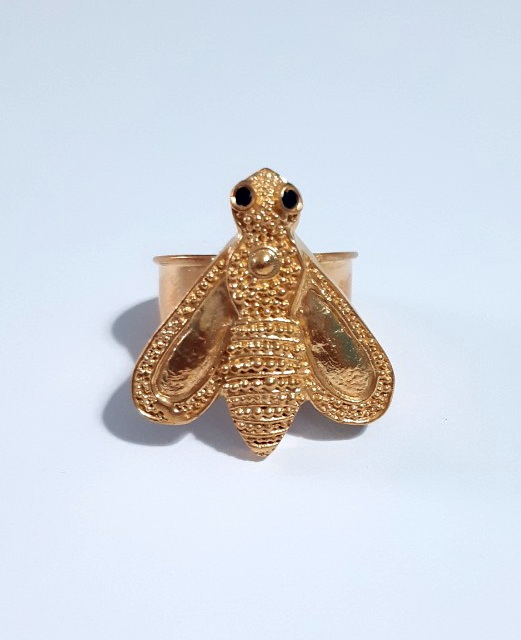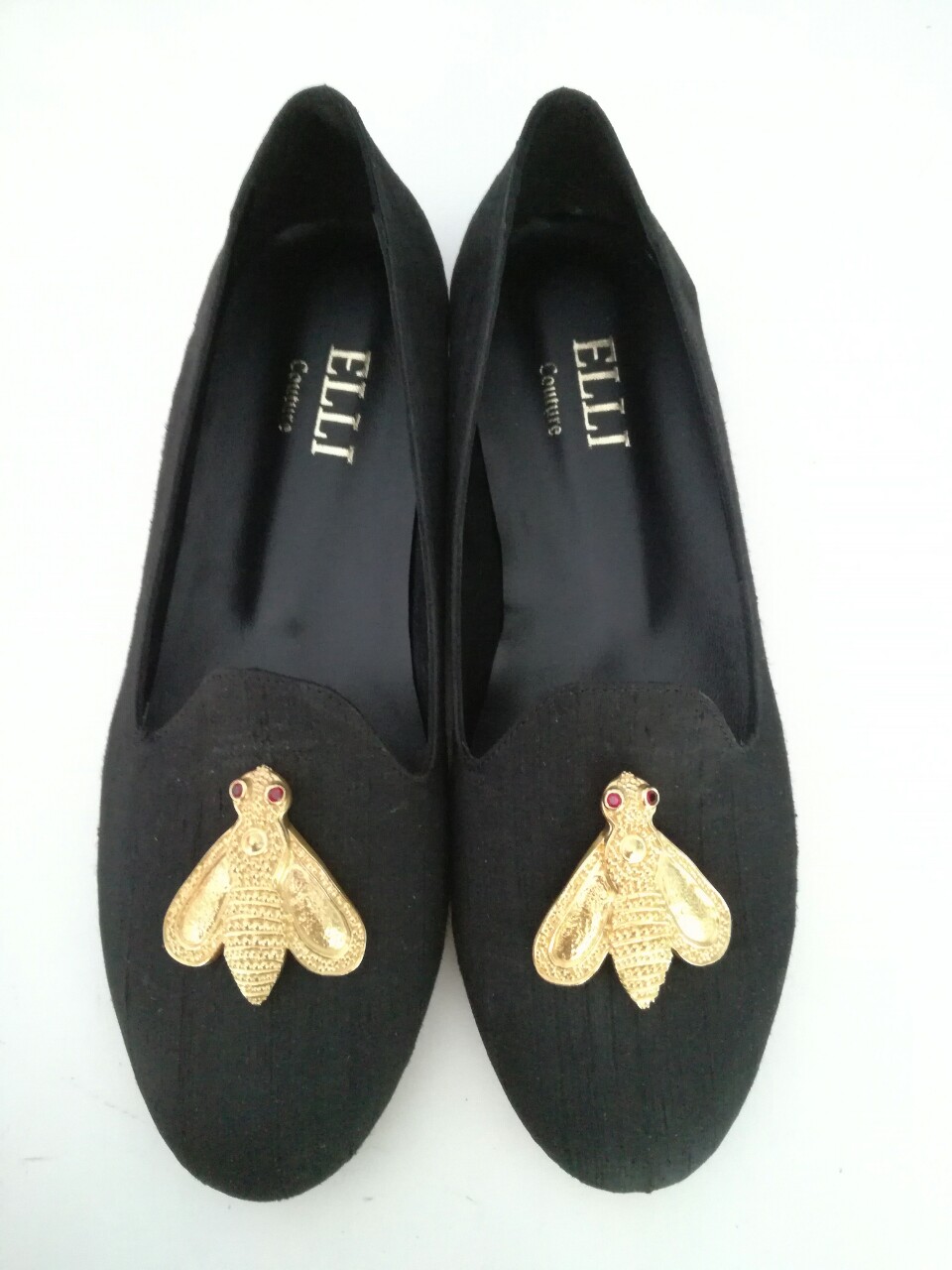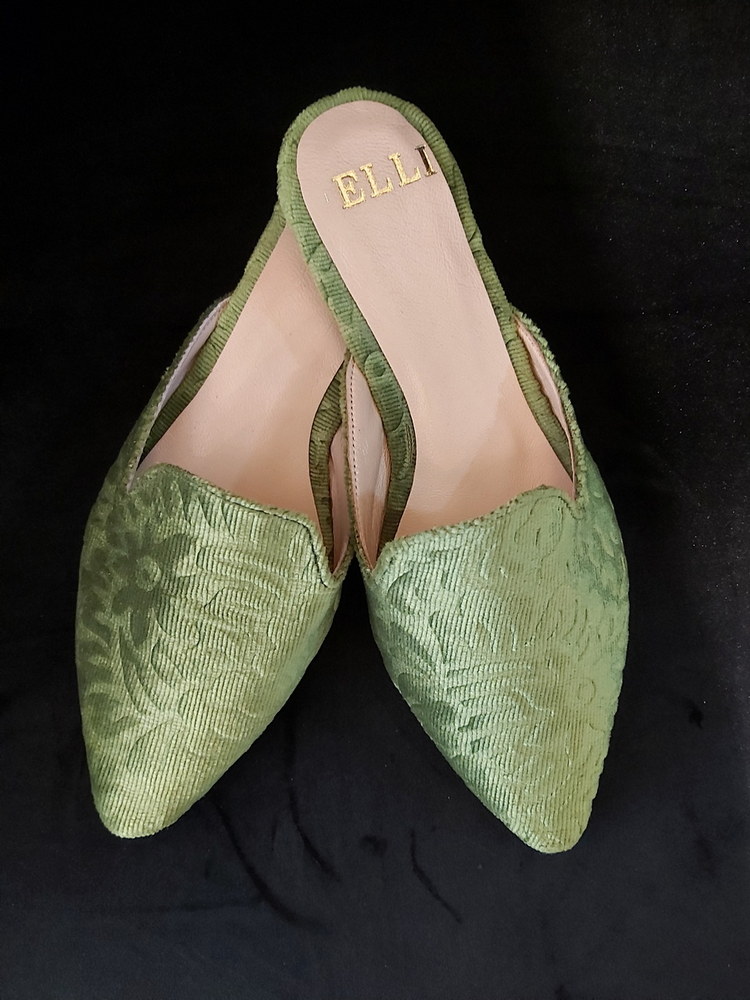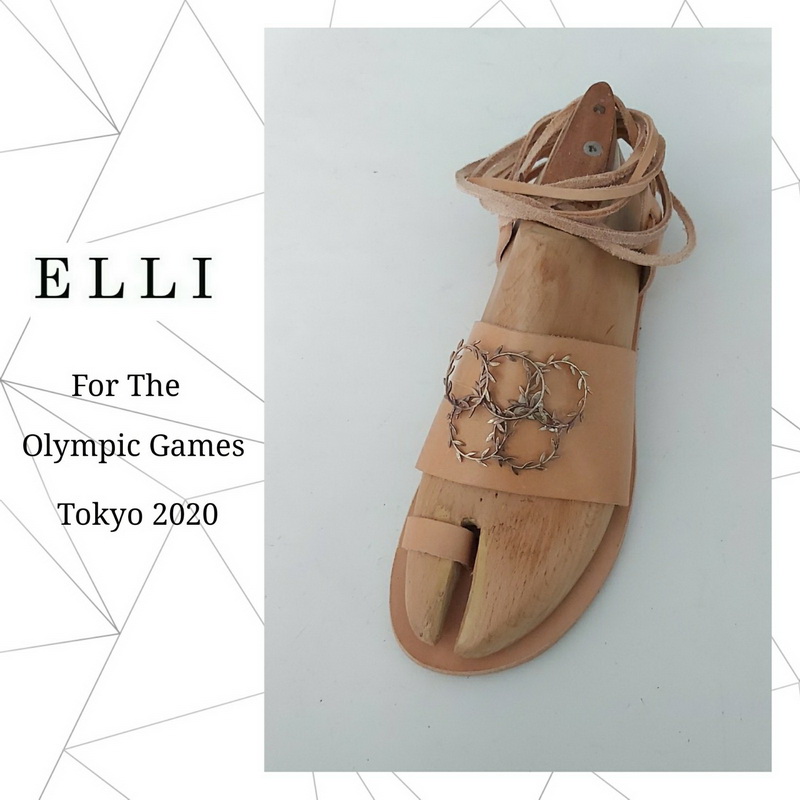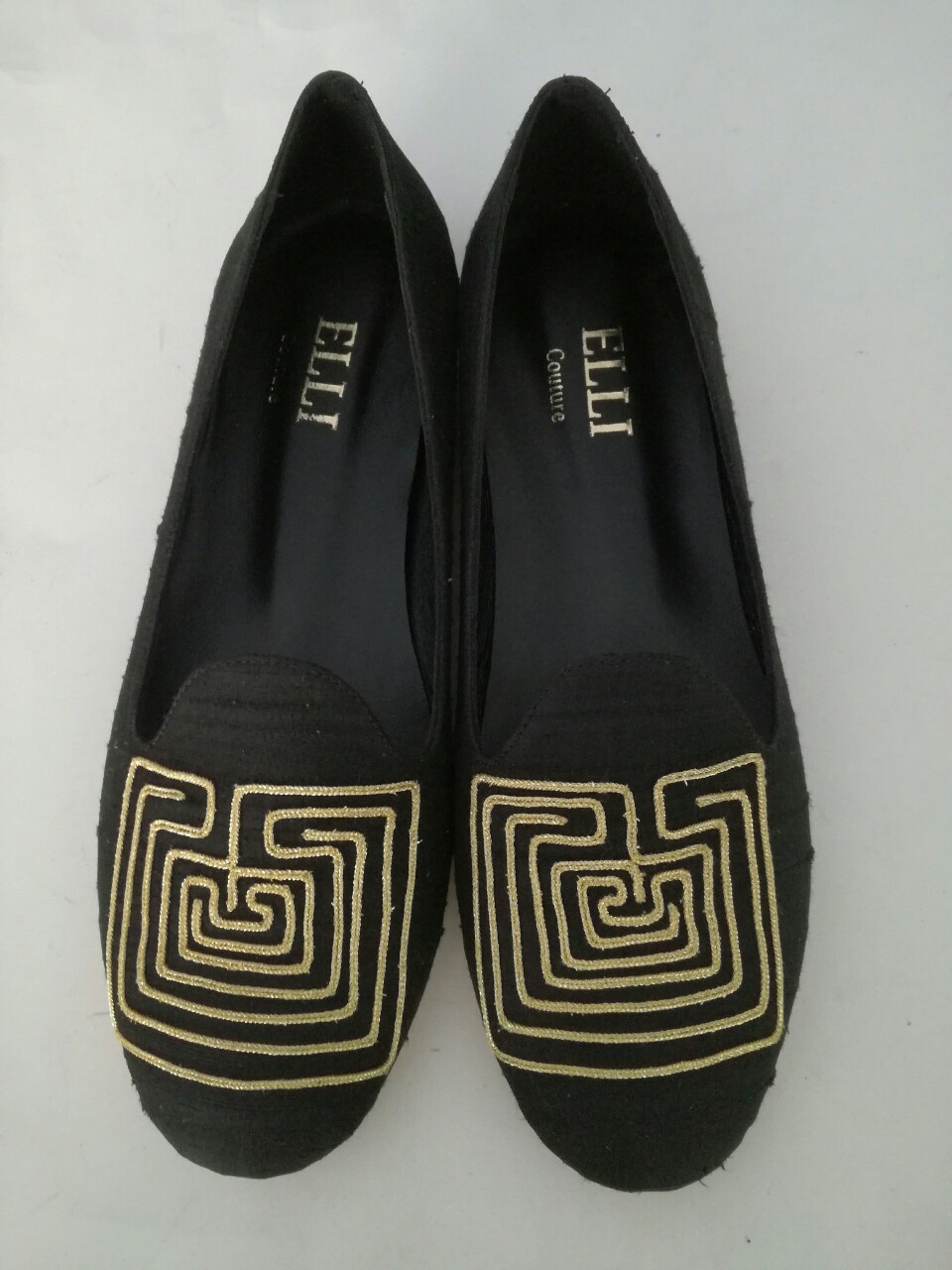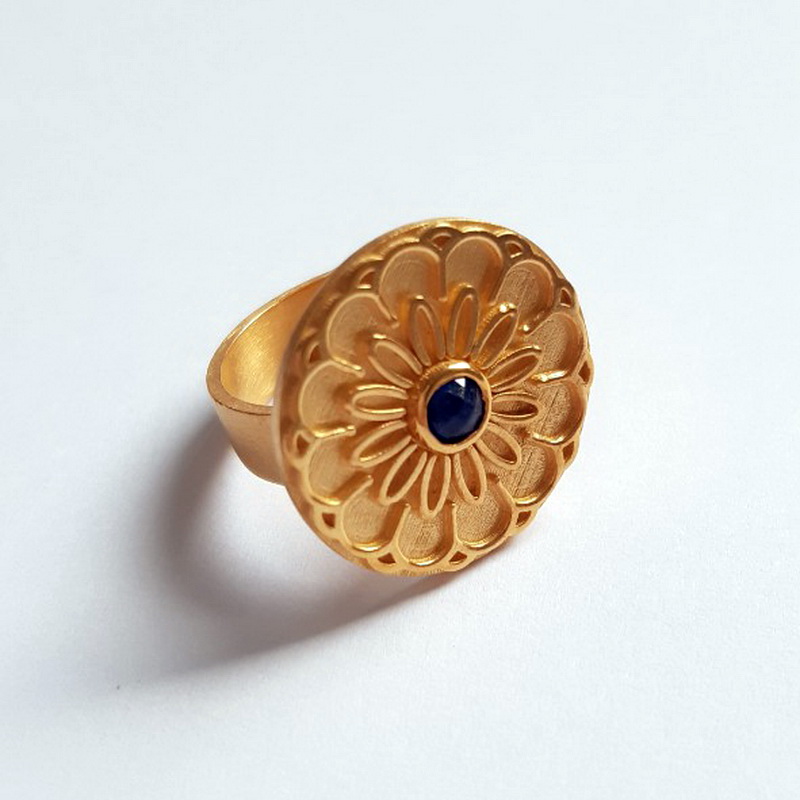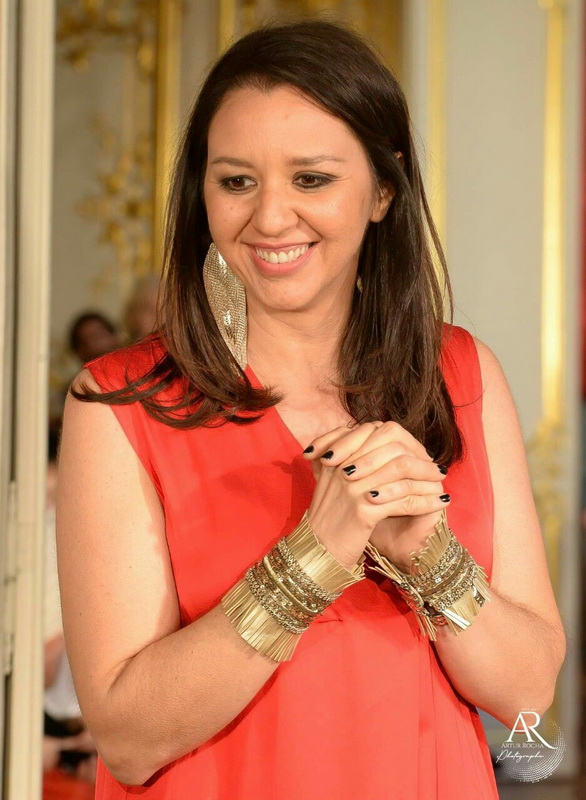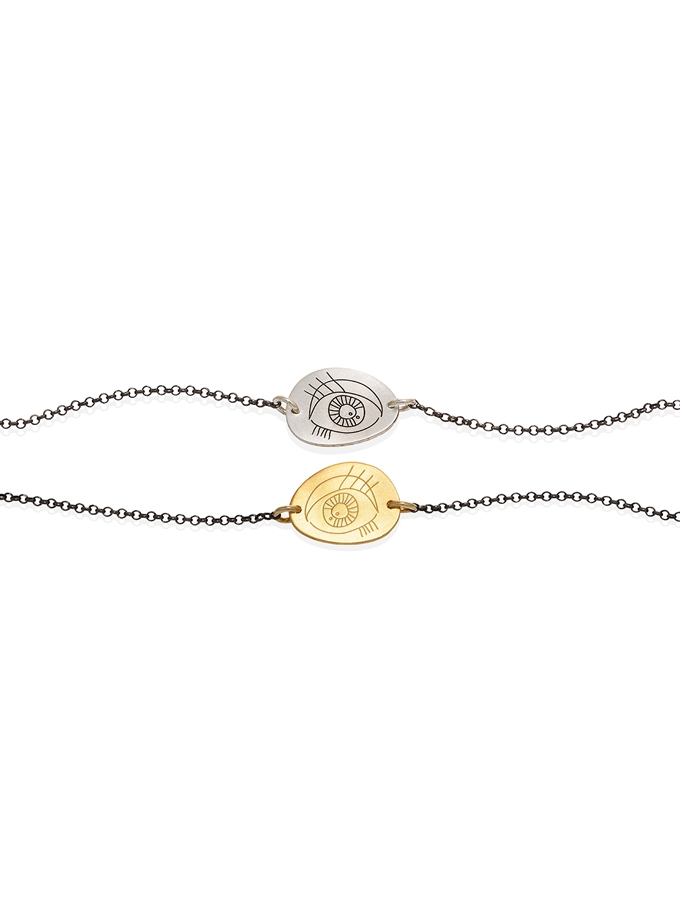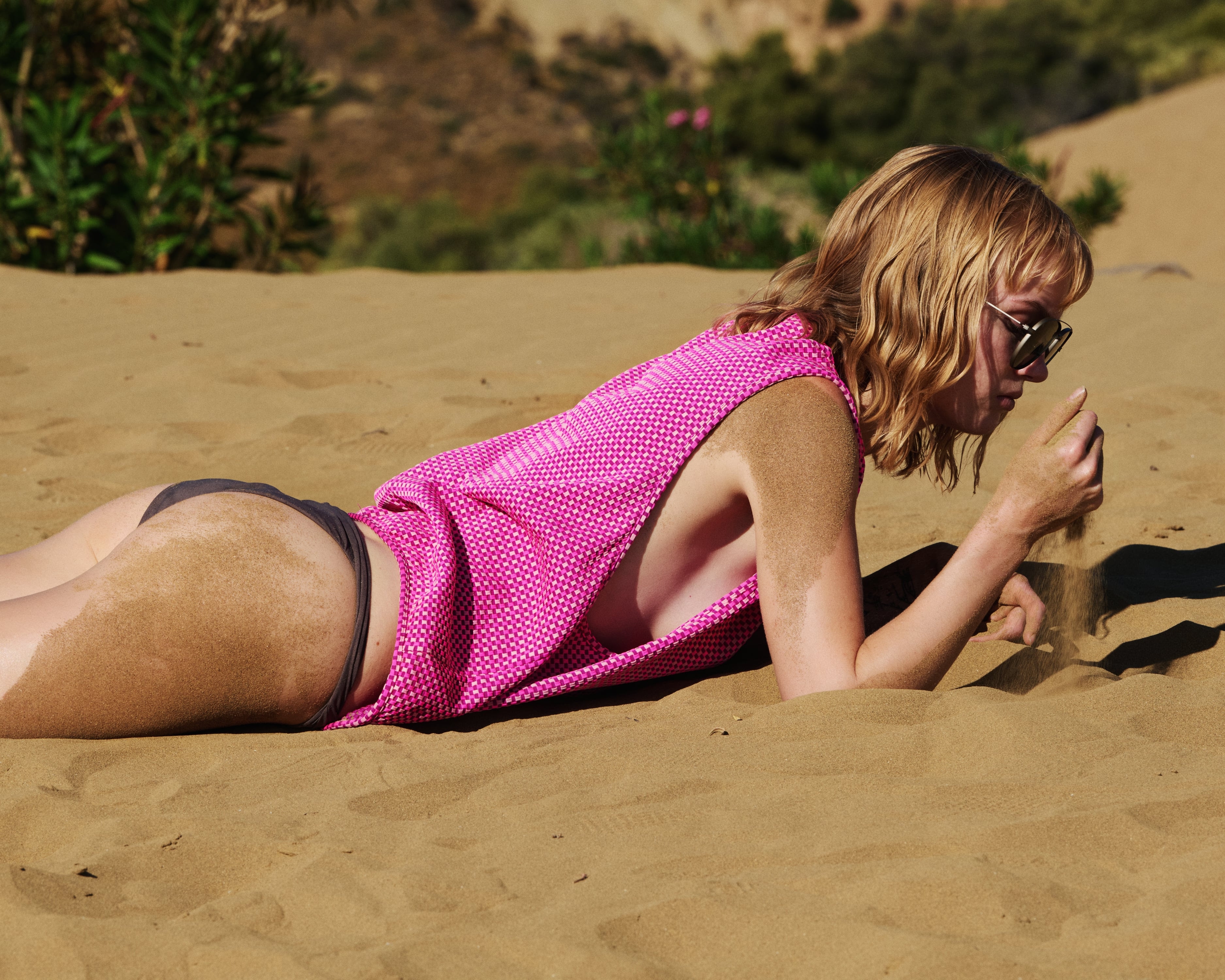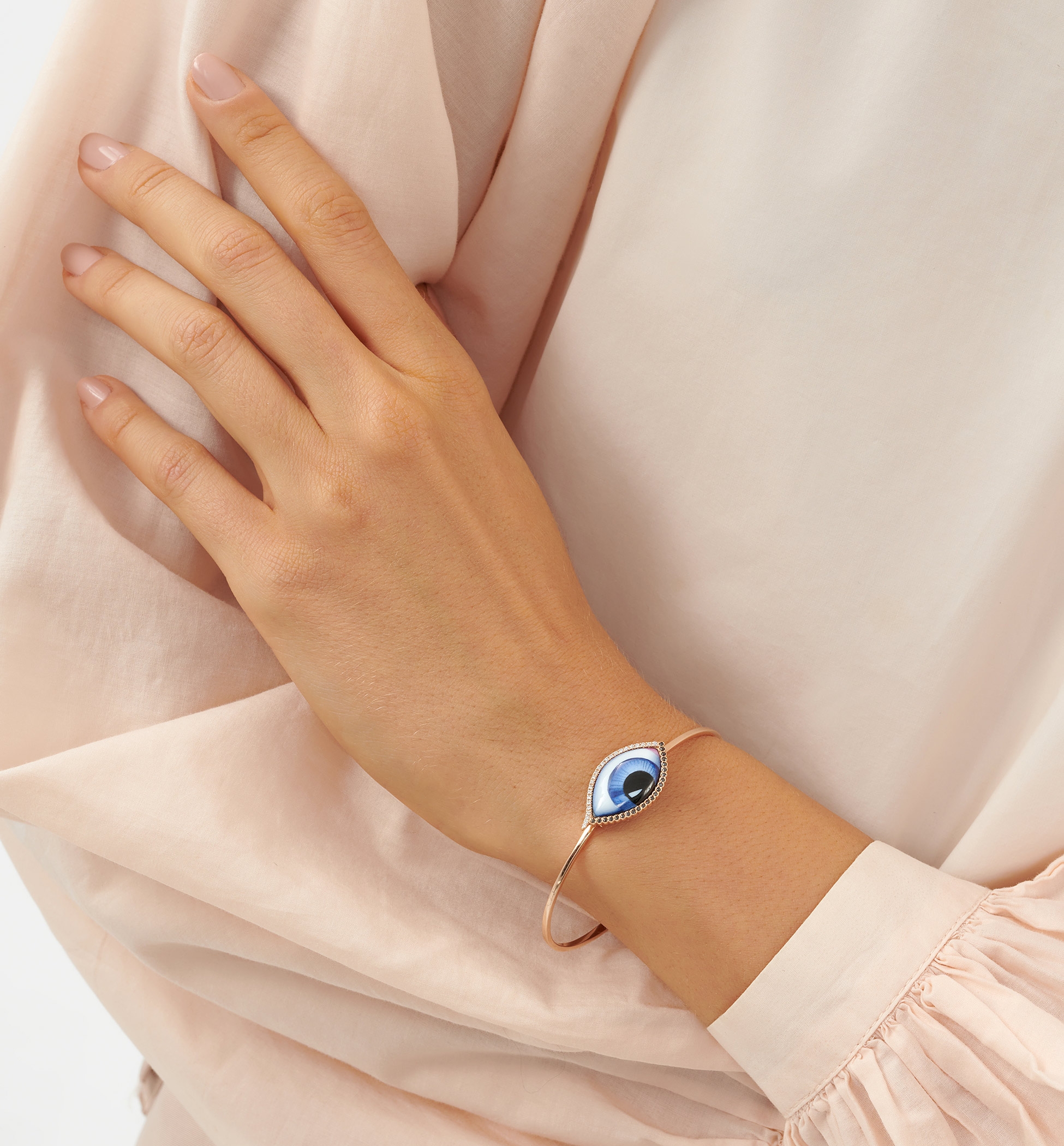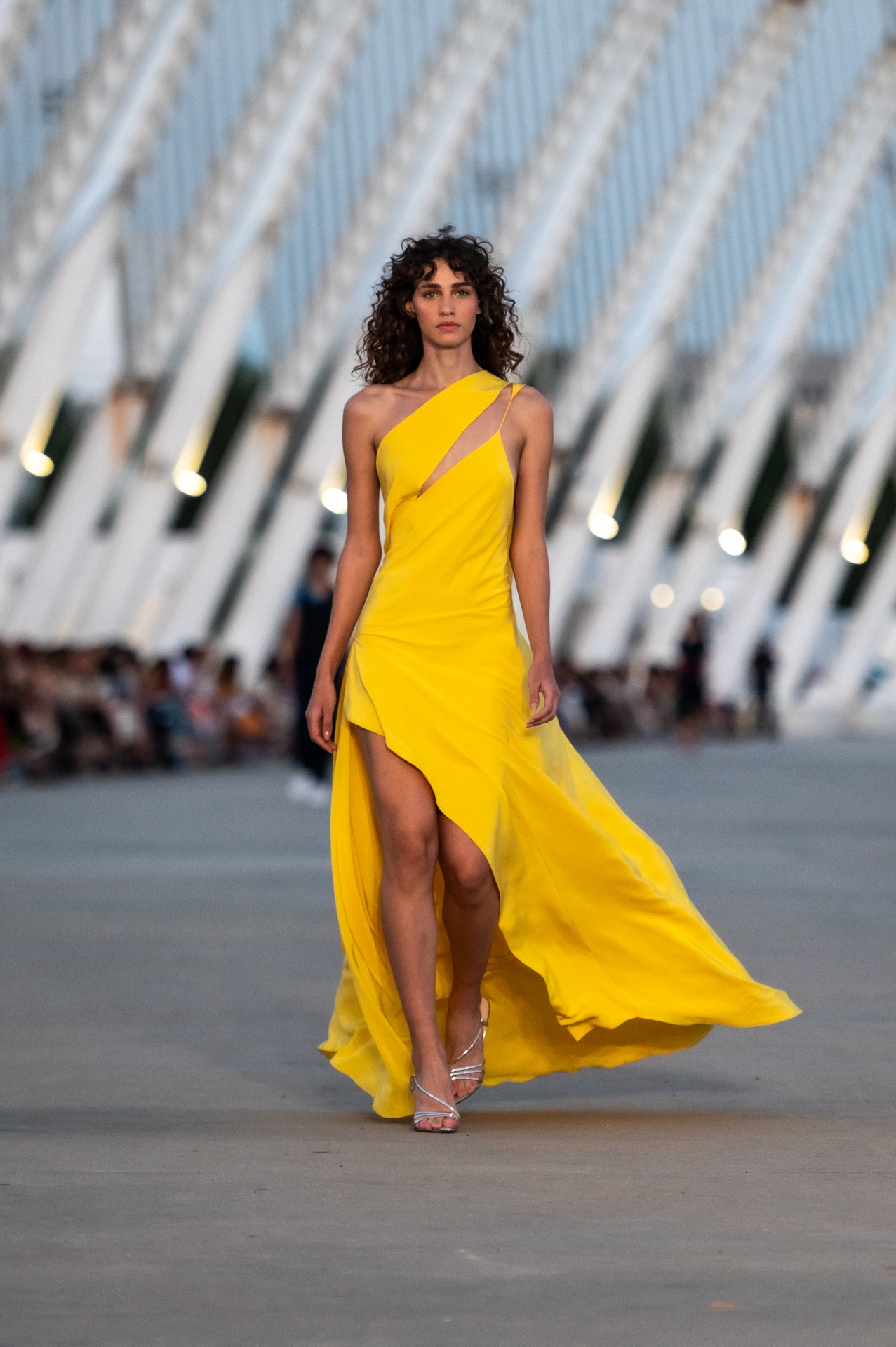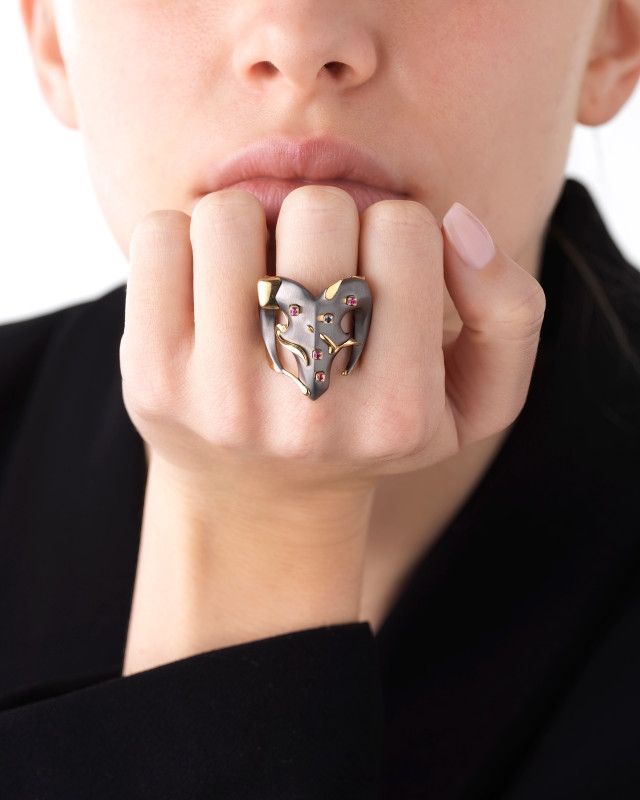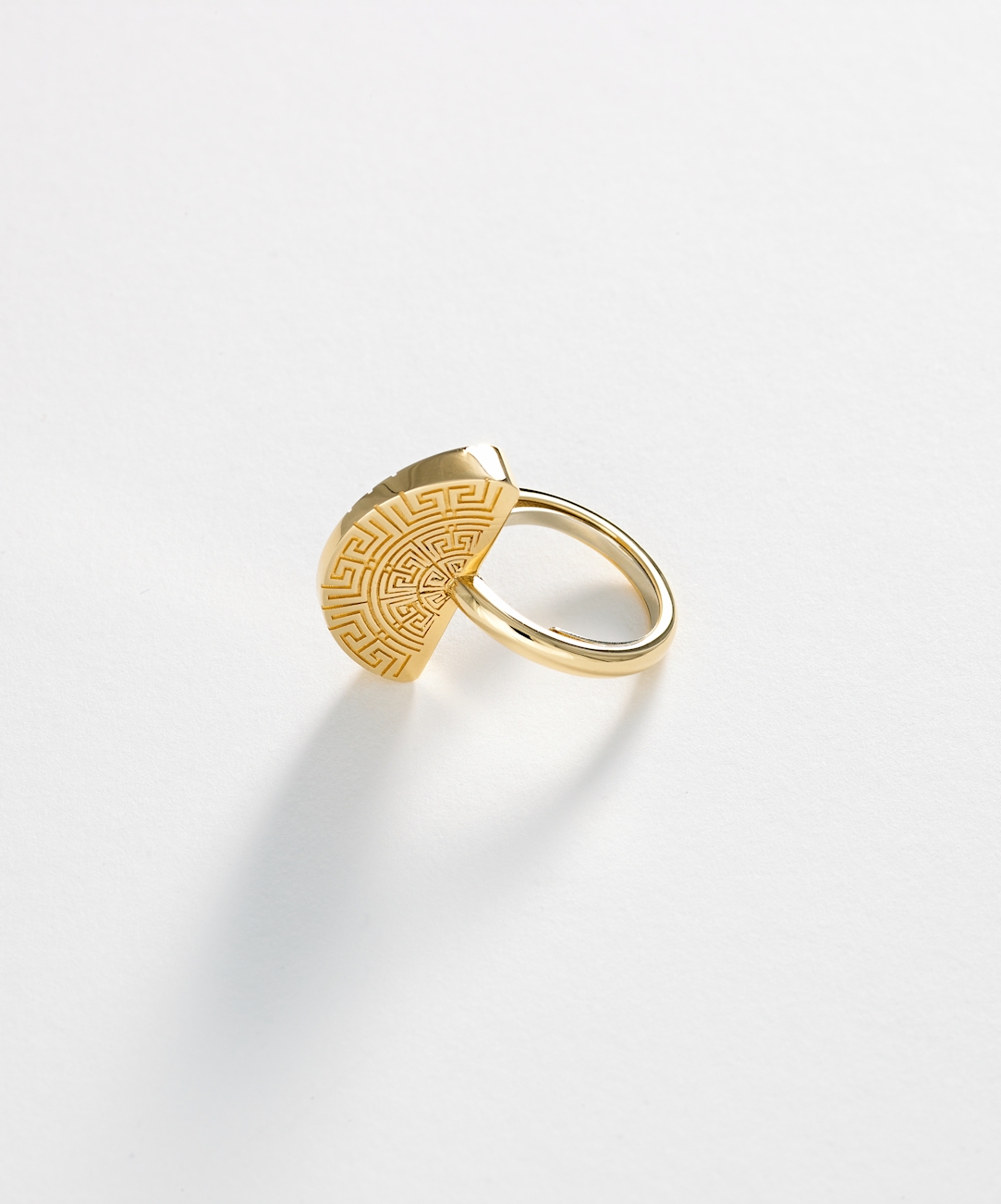She grew up playing with her mother’s fabric scraps from the famous fabric shop of the family or running around the vineyards belonging to her uncles in Crete, who are famous winemakers having received several awards from all over the world for their wines.
Elli Lyraraki was born and raised in Athens but she traces her origin in Crete, at a small village of Heraklion, Crete, called Alagni, or Alagonia as was its name back in the olden days. It is well known that a large part of ancient Greek mythology was formed on the sunny island of Crete.
Zeus, taking the form of a bull, abducted Europa and brought her to Crete. Their union gave birth to Alagonia, the designer’s birthplace, her homeland.
To you, the abduction of Europa may simply be a Renaissance painting but for the designer whose mother tongue is Greek, the word Europa indicates the woman with the wide eyes, who can look wide!
Thus, it is under such wider perspective that the designer from Alagonia named her collection of numbered, handmade footwear introduced to us for this year’s season, during fashion week.
Elli studied music and interior design in order to respond to the needs of the family business, which she took over; then, 8 years ago, she and her family moved to Chania, Crete.
Together with her husband who was well aware of the old art of making sandals, they set up a small workshop where they began creating handmade leather sandals. The couple design and make handmade leather sandals, wedge-heel shoes, ballerinas, bags, earrings, bracelets, and necklaces.
Early on, they fell in love with this work, and step by step, they managed to nurture their dreams and creative aspects.
Nowadays, their ready-to-wear collections are available in several stores all over Greece and abroad.
This year, Elli Lyraraki will introduce us to her new couture collection Alagonia which includes 15 pairs of numbered handmade shoes, inspired by the Minoan civilization, the most ancient European civilization, and more particularly from the world-renowned frescoes of Knossos.
Respective research for the collection was completed in collaboration with the archaeologist Ioanna Kalypso Glypti, as well as with craftsmen who had thoroughly studied techniques used during the 16th century,
based on traditional embroidery techniques for handmade traditional Cretan garments and the famous uninterrupted thread, which cannot be cut.
Moreover, for those entirely handmade shoes, she worked together with specialized painters who applied the batik technique of wax-resist dyeing on silk, used for the first time on shoes.
In addition, silversmiths and goldsmiths created gold jewelry using precious and semi-precious gemstones that were attached to the shoes, as well as the jewelry collections accompanying the shoes.
Among the jewelry suggested, we may see the Gold Bee, which is currently hosted at the British Museum: its eyes are made from rubies for the sandals, from black brilliants for the earrings, and from emeralds for the necklace.
The bull is made of gold and lapis lazuli, the gemstone used by the Minoans themselves!
The collection is completed with pure silk foulards painted through batik on silk.
Each pair of shoes is coupled with a handmade silk pouch, inspired by the vourgali, a typically Cretan type of textile bag, where it is embroidered, with an uninterrupted thread, the symbol of Alagonia, a small flower appearing on the Knossos frescoes.

